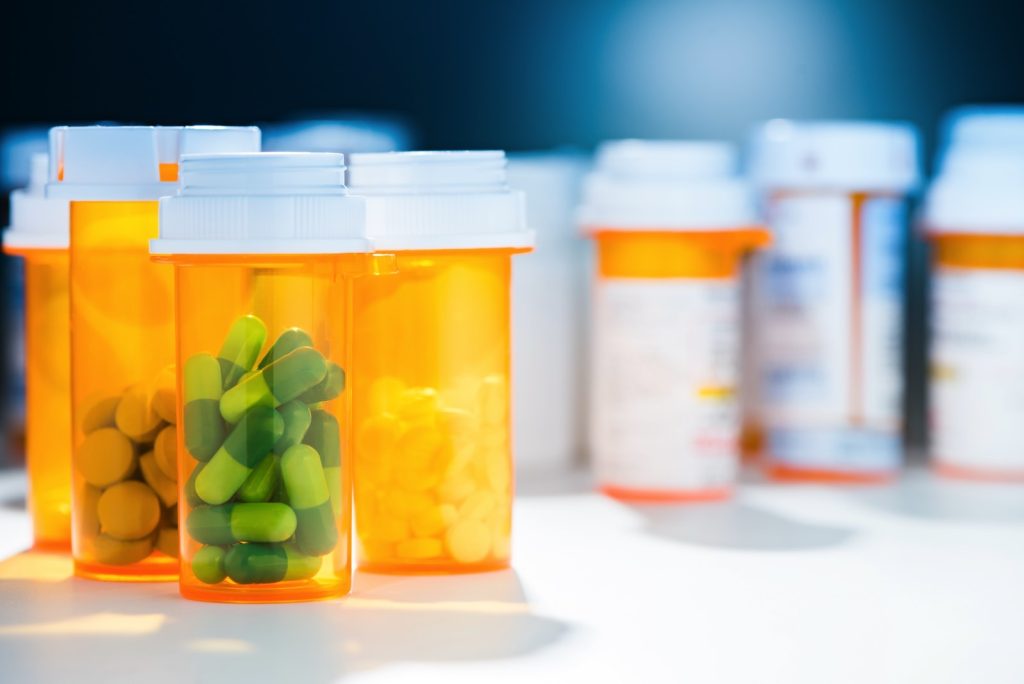Bacterial infections have a cure. With the right antibiotic and the right course of treatment, we can kill the bacteria and stop the disease. In theory, that should be the case. But in reality, bacteria are struggling to survive and are starting to develop antibiotic resistance. This can put human lives at risk, and the World Health Organization (WHO) has called bacterial resistance “one of the world’s greatest threats to public health and development.”
WHO report Last November, it was reported that antimicrobial resistance, including antibiotic resistance, was directly associated with 1.27 million deaths and contributed to 4.95 million deaths globally in 2019. The World Bank estimates that antimicrobial resistance could lead to an additional $1 trillion in healthcare costs by 2050.
One way to solve this problem is to develop drugs that microbes (bacteria, viruses, fungi, parasites) cannot develop resistance to. One example is a new dual-acting antibiotic idea from the University of Illinois at Chicago (UIC) that could make bacterial resistance nearly impossible.
The researchers developed a synthetic antibiotic called Makrolone that destroys bacteria using two different mechanisms, making it 100 million times harder for bacteria to develop resistance, according to the UIC team.
UIC researcher This study Chemical Biology of Nature journal.
Researchers describe how a new class of drug inhibits the function of bacterial cells during infection. The new dual-action synthetic drug, called macrolon, has two different actions on bacteria: it can block the production of proteins, similar to macrolides, a class of antibiotics currently in use.
Macrolon can also inhibit bacterial DNA structures (DNA gyrase) in the same way as current fluoroquinolones, another widely used type of antibiotic.
The UIC researchers found that macrolones were able to bind more tightly than macrolides to ribosomes, the cellular structures that make proteins.
Moreover, macrolon was able to block ribosomes in bacterial strains that were already resistant to macrolides: these bacteria were unable to activate antibiotic resistance genes when confronted with the new compounds.
The researchers conducted various experiments and found that certain doses inhibited ribosomes. Some drugs, such as fluoroquinolones, interfered with the cell’s DNA. The researchers identified the lowest effective dose of macrolon at which it inhibited both ribosomes and the DNA gyrase enzyme.
“The beauty of this antibiotic is that it kills two different targets in the bacteria,” said Alexander Mankin, a professor of pharmacology at UIC. In a statement“When an antibiotic acts on both targets at the same concentration, the bacteria acquires random mutations in one of the two targets and loses the ability to develop resistance.”
What happens next? Further research is needed to determine how to use these macrolones effectively.
“The upshot of this work is that we know how to go about it,” Mankin says, “and what we’re telling chemists is that we need to optimize these macrolones to hit both targets.”
It is unclear when these new dual-acting antibiotic-based treatments will be available to patients, but full studies that may serve as a catalyst are available. This link.


